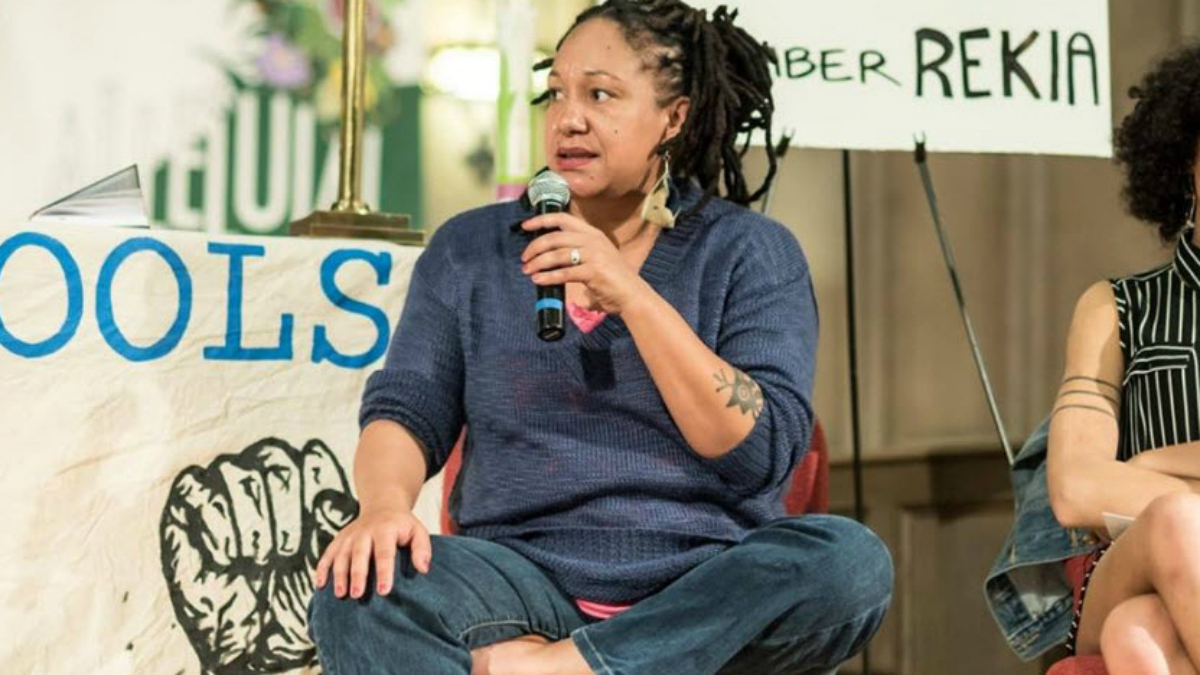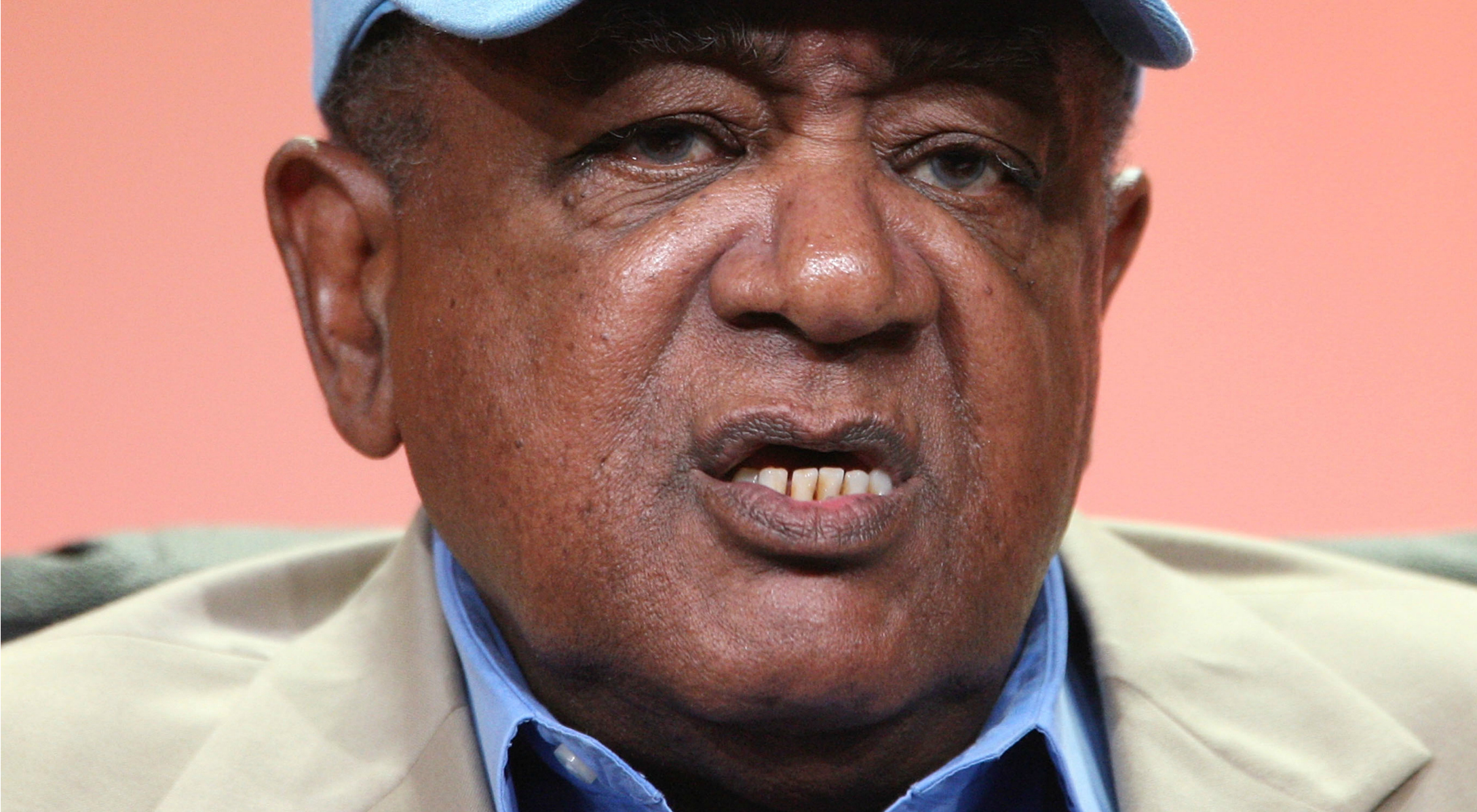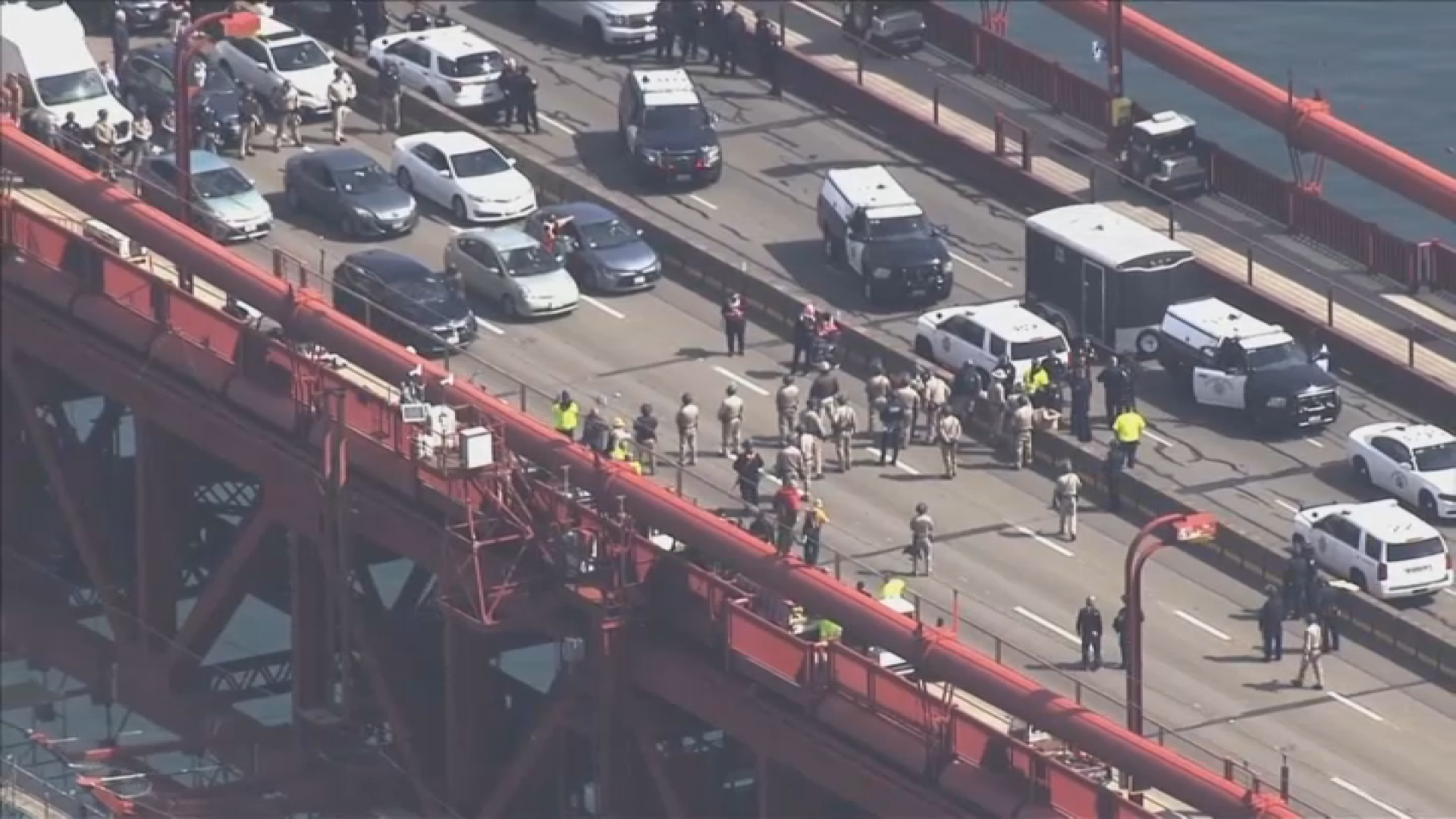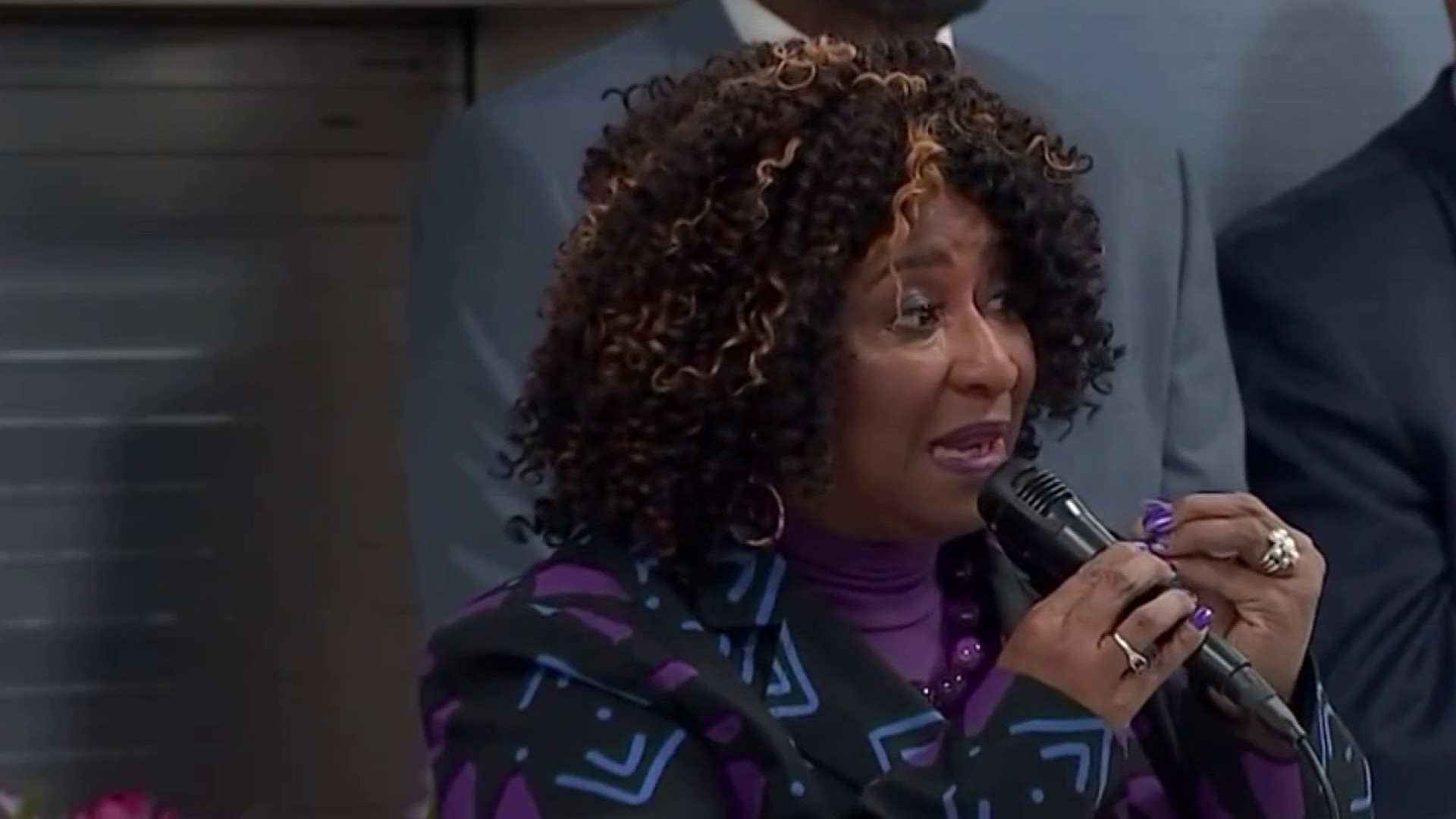Twitter and technology have changed the immediacy and the ability to organize African-Americans to shut down commerce and decry police brutality.
But the social injustices that plagued the Black Panther Party 50 years ago still plague the Millenials propagating the Black Lives Matter Movement today, organizers and historians say. And if the current movement wants to stay relevant, some say, then the activists have to really help people on the streets and do more then send off a missive of tweets.
"We need the next generation to mobilize," former Black Panther Saturu "James Mott" Ned, 67, said this week. "We don't have to reinvent the wheel, we just need to take all this energy and show love."
The energy, these days, is spurred along by social media, which Khalid White, a sociology and history professor at San Jose City College and San Jose State University and author of Black Fatherhood, called "vital" to the Black Lives Matter movement.
“The Black Lives Matter movement helped to bring activism to the Twitter generation," White said. "But we're still fighting the same social economic ills the Panthers did in the 1960s and '70s: police brutality, and criminalizing people of color."
The San Francisco Bay Area is Ground Zero for these historical reflections as October marks the 50th anniversary of the founding of the Black Panther Party in Oakland by Bobby Seale and the late Huey P. Newton in 1966. Parties, walking tours, museum exhibits and lectures will be running at various times and locations from Oct. 20 to 23.
Local
Oakland activist Cat Brooks, co-founder of Anti Police-Terror Project and Onyx Organizing Committee and Black Lives Matter Bay Area, agrees.
“We’re fighting the same struggle within a different societal context,” said Brooks, whose thoughts are captured in a documentary interview on exhibit through Feb. 12 at the Oakland Museum of California.
And yes, life for Black Americans is markedly better in 2106 (think: Barack Obama) than when African-Americans were slaves, or forbidden to ride the bus, she pointed out.
“But that doesn’t mean the plight of black people is better, it’s just shifted,” Brooks said.

And so strategies of mobilization have shifted, too. In the 1960s, for example, the Black Panthers, would have boycotted a shop whose owners didn’t serve African Americans. Today, Black Lives Matter protesters chain themselves to BART stations on Black Friday, hoping to disrupt shopping on the day after Thanksgiving.
“The tactic of interrupting business as usual has been refined and evolved and shifted for today’s conditions,” Brooks said. “Even Nat Turner knew that interrupting commerce is the way to fight the oppressor.”
What's changed the most is that 50 years later, civil rights activists have iPhones, Instagram, Twitter, YouTube and Facebook Live to spread their messages instantly.
“Social media gives us the ability to push out a more consistent onslaught of state-sanctioned violence against black and brown bodies,” Brooks said.
But on the flip side, the technology also makes it much easier for protesters to be more easily surveilled and watched by law enforcement, she said.

What activists have to remember, White urged, is simply not to be an armchair protester, tweeting missives from the couch and doing nothing else. The Black Panther party would not have approved, he said.
“Everyone thinks they are a star or a prophet on Twitter,” White said. “An activist has to be a person of action.”
Some of that action is laid out in the Black Lives Matter 10-point plan of action, an “eerily similar” document to the platform the Black Panther Movement laid out shortly after its inception in 1966.
And Brooks is the first to admit that she and others in the current movement are “falling short” in some areas of helping people of color get their basic needs met.
True, there are some community gardens that feed the poor and restorative justice programs established to help end conflict, but Brooks acknowledged the Black Lives Matter movement could be doing more.
Specifically, Brooks referenced a "survival program" created by the Black Panther Party, which created the Free Breakfast for School Children Program by serving breakfast to urban youth from St. Augustine’s Church in Oakland, which spread throughout the country and ended up feeding 10,000 children each morning at its peak. Seale and Newton also founded the now-defunct Oakland Community School, which educated about 150 poor students.
“If we want to build liberation,” Brooks said, “We have to start prioritizing and giving of our resources to street outreach.”



